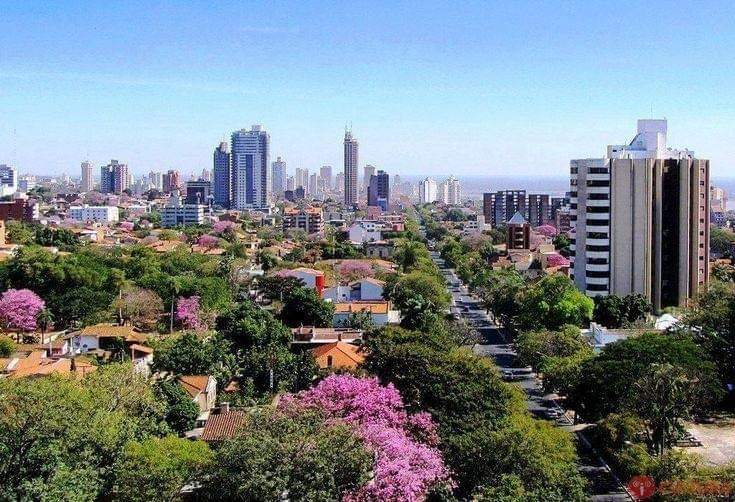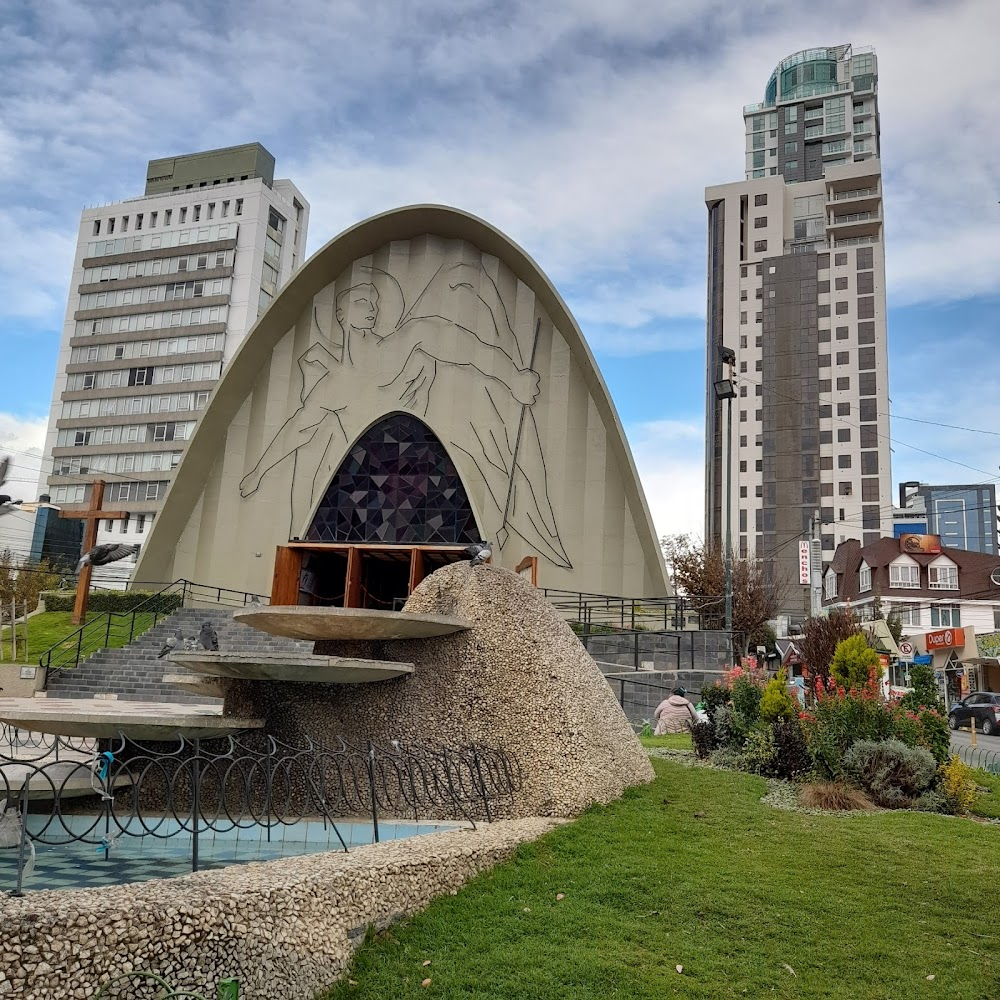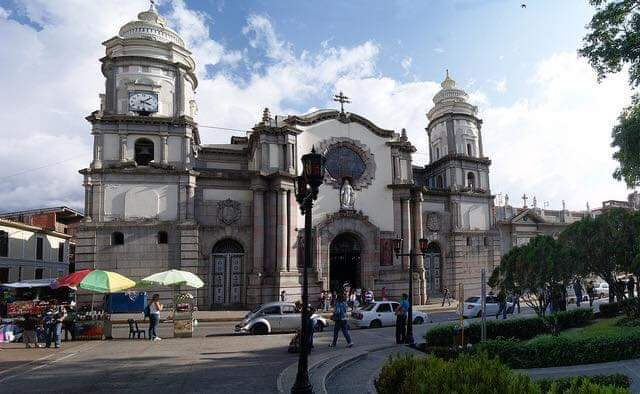Vinotinto - La película Filming Locations
Vinotinto - La película Filming Locations
Asunción is the capital city of Paraguay, bordered by the Paraguay River. It’s known for its grand López Palace, the seat of government housing the president’s offices. Nearby, the National Pantheon of Heroes has a mausoleum and plaques commemorating Paraguayan historical figures. The Independence House Museum is marked by its colonial architecture and features artifacts documenting emancipation from Spanish rule.
Buenos Aires is Argentina’s big, cosmopolitan capital city. Its center is the Plaza de Mayo, lined with stately 19th-century buildings including Casa Rosada, the iconic, balconied presidential palace. Other major attractions include Teatro Colón, a grand 1908 opera house with nearly 2,500 seats, and the modern MALBA museum, displaying Latin American art.
Caracas, Venezuela's capital, is a commercial and cultural center located in a northern mountain valley. Independence leader Simón Bolívar is buried at the National Pantheon of Venezuela, established in the 19th century in the city's old town. Caracas Cathedral, a landmark of Romanesque architecture, dates to the 17th century. Parque Central's 225m-high twin towers are the signature of the skyline.
La Paz, in Bolivia, is the highest administrative capital in the world, resting on the Andes’ Altiplano plateau at more than 3,500m above sea level. It stretches to El Alto city in the highlands, with snow-capped, 6,438m-high Mt. Illimani as its backdrop. The city's dramatic setting can be taken in during rides on Mi Teleférico, the aerial cable car system.
Lima, the capital of Peru, lies on the country's arid Pacific coast. Though its colonial center is preserved, it's a bustling metropolis and one of South America’s largest cities. It's home to the Museo Larco collection of pre-Columbian art and the Museo de la Nación, tracing the history of Peru’s ancient civilizations. The Plaza de Armas and the 16th-century cathedral are the heart of old Lima Centro.
Medellín is the capital of Colombia’s mountainous Antioquia province. Nicknamed the “City of Eternal Spring” for its temperate weather, it hosts a famous annual Flower Festival. Modern metrocables link the city to surrounding barrios and offer views of the Aburrá Valley below. Sculptures by Fernando Botero decorate downtown's Botero Plaza, while the Museo de Antioquia displays more of the Colombian artist’s work.
Montevideo, Uruguay’s capital, is a major city along Montevideo Bay. It revolves around the Plaza de la Independencia, once home to a Spanish citadel. This plaza leads to Ciudad Vieja (the old town), with art deco buildings, colonial homes and landmarks including the towering Palacio Salvo and neoclassical performance hall Solís Theatre. Mercado del Puerto is an old port market filled with many steakhouses.
Mérida is a city in the Andes mountains of northwestern Venezuela. It’s known for its Spanish colonial architecture, its parks and squares, and as a base for outdoor activities in the nearby Sierra Nevada and Sierra La Culata national parks. International visitors and the many students of the prestigious Universidad de Los Andes contribute to lively nightlife and cultural scenes.
Santiago, Chile’s capital and largest city, sits in a valley surrounded by the snow-capped Andes and the Chilean Coast Range. Plaza de Armas, the grand heart of the city’s old colonial core, is home to 2 neoclassical landmarks: the 1808 Palacio de la Real Audiencia, housing the National History Museum, and the 18th-century Metropolitan Cathedral. La Chascona is the home-turned-museum of poet Pablo Neruda.
Vinotinto - La película (2009)



